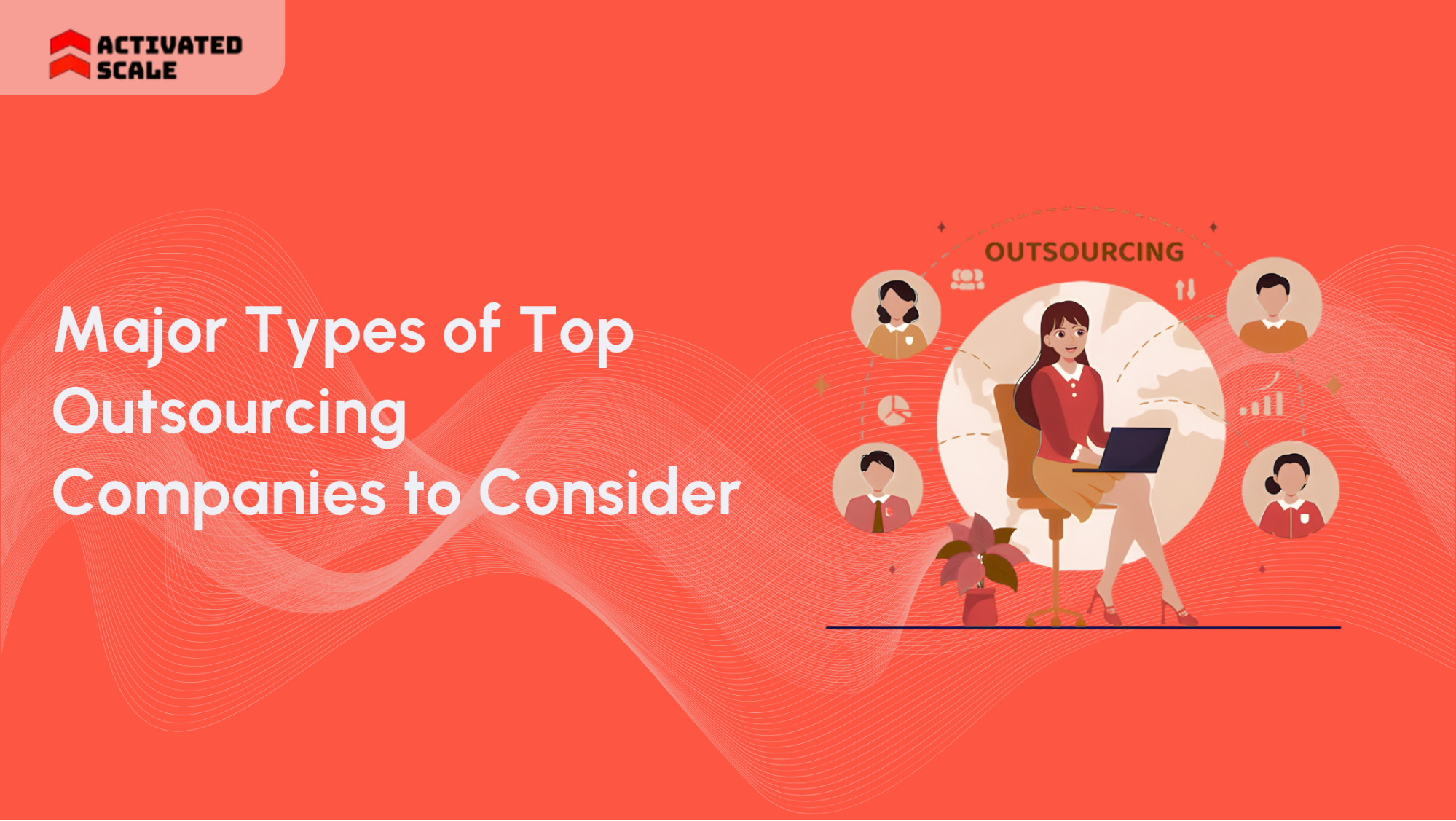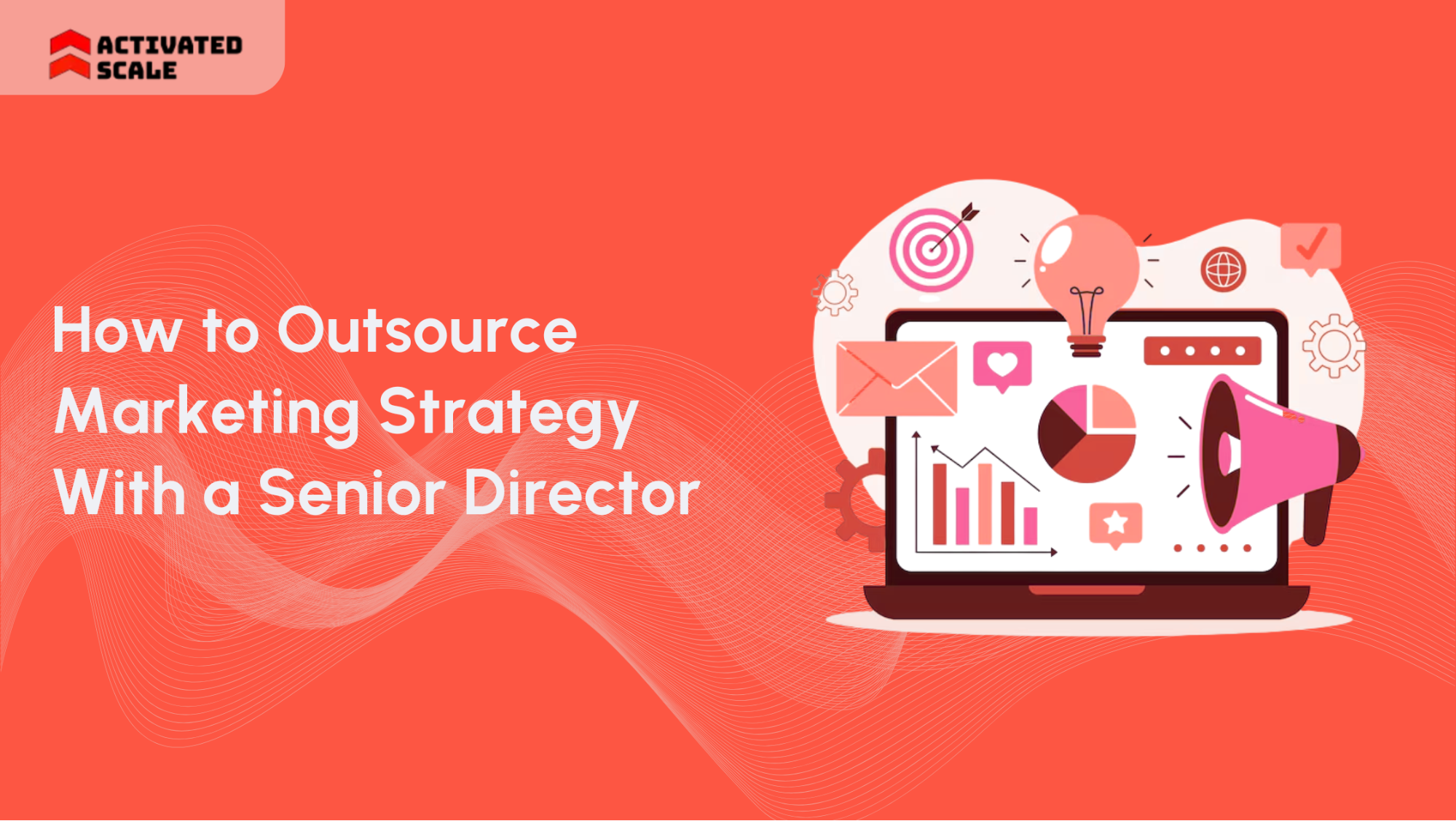Are you tired of traditional sales methods that feel more like a relentless push than a meaningful conversation?
Enter inbound sales — a revolutionary approach transforming the sales journey into a buyer-centric experience.
Inbound sales prioritize understanding and addressing potential customers' unique needs and concerns, ensuring that every interaction is relevant and helpful. In this blog, explore how inbound sales differ from outbound strategies, their core stages, and best practices for success.
Discover how marketing and sales can collaborate to foster insightful and effective customer relationships, driving long-term business growth.
What is Inbound Sales?
Inbound sales flips the script from the traditional sales approach, where reps push products toward people who might not even need them. Instead, inbound sales put the buyer's needs and preferences at the heart of the process.
It's akin to having a supportive guide who comprehends your challenges and objectives, aiding in informed decision-making.
This method involves buyers taking the first step. They usually reach out after engaging with helpful content like blog posts, social media posts, or detailed guides that relate to the problems they're solving.
When buyers contact the company, inbound sales reps are ready to support them with information tailored to their specific situation, minus pushy sales pitches.
Comparison: Inbound vs. Outbound Sales
Now that we've defined inbound sales, let's explore how they differ from traditional outbound sales methods to better understand their unique dynamics.
Stages of Inbound Sales
Understanding the differences between inbound and outbound sales sets the stage for exploring the specific phases of the inbound sales process.
1. Awareness Stage
Prospects become aware of a problem needing a solution.
During the awareness stage, prospects begin by identifying a challenge or need they weren't fully conscious of before. It's the phase where they start digging for information to grasp better what they're facing.
Here, it becomes vital for sales teams to offer informative content that precisely addresses prospects' questions and concerns. Examples include white papers, eGuides, and research reports.
These resources assist potential buyers in comprehending their challenges more thoroughly, preparing them to think about potential solutions — all without feeling pressured into making a purchase immediately.
2. Consideration Stage
Prospects evaluate multiple solutions to their identified problem.
In the consideration stage, prospects have a clearer idea of their trouble and actively consider various ways to tackle it. Now they step beyond gathering mere information, examining the pros and cons of numerous available solutions.
This allows salespeople to engage actively with personalized messages that resonate with insights from the awareness stage.
Offering content such as solution comparison papers, expert guides, or engaging interactive formats like podcasts and webinars can help prospects decide which option best fits their circumstances.
3. Decision Stage
Prospects make informed decisions when purchasing a product or service.
In the decision stage, prospects narrow down a handful of choices and reach a crucial decision about which product or service to acquire. They review documentation, sift through case studies, and may even seek customer testimonials to validate their choices.
At this juncture, salespeople must clearly highlight the unique strengths and value propositions of their offering, framing the product not just as an expense but as a rewarding investment.
Providing thorough vendor comparisons, showcasing product demonstrations, or arranging one-on-one consultations can solidify a prospect's buying decision. This process closely follows the buyer's journey.
Pros and Cons of Inbound Sales
With the stages of inbound sales clearly laid out, it's important to consider both the advantages and disadvantages of this approach.
Advantages of Inbound Sales
Inbound sales draw in leads who are more likely to be genuinely interested in what you're offering. This approach provides value upfront, attracting prospects already on the lookout for solutions. These well-informed prospects often engage deeply, which helps build trust early in the sales process.
A key strength of inbound sales is its ability to generate better-qualified leads and deepen engagement with prospects.
Challenges of Inbound Sales
However, inbound sales also present several challenges:
- Resource Intensity: There is a significant cost and time investment required to create and maintain high-quality content. For small businesses or teams with limited resources, this can be particularly demanding.
- Content Creation Demands: The ongoing need for fresh content can lead to burnout among team members tasked with keeping the sales funnel active.
- Longer Sales Cycles: Inbound methods typically involve longer sales cycles. Patience and consistent effort are essential, as results may not be immediate and could take months to materialize.
- Revenue Timing: For businesses needing quick revenue, the slow realization of results from inbound strategies can be a drawback.
- Forecasting Challenges: The unpredictability of inbound sales cycles makes it difficult to forecast sales accurately.
- Content Saturation: With so much content available online, standing out requires creative strategies and a deep understanding of the target audience’s specific needs and challenges.
- Lead Quality Issues: Special attention is needed to filter out low-quality leads, such as those with inaccurate contact details, which can complicate follow-up efforts.
Strategic Implementation
Despite these hurdles, many businesses continue to leverage inbound sales as a pivotal strategy for building strong, lasting relationships with prospects.
By focusing on delivering uniquely valuable content to customers, businesses can streamline their inbound sales processes and enhance cost-efficiency, provided the quality and relevance of the content are maintained.
This strategic focus on value can transform how companies connect with their customers, fostering loyalty and growth.
Best Practices for Inbound Sales
Understanding these pros and cons helps us identify best practices that can optimize the effectiveness of inbound sales strategies.
1. Utilize Advanced Sales Tools
To excel in inbound sales, adopting the right tools is essential. Leveraging technology like CRM systems helps capture detailed lead data and track interactions, ensuring efficient communication and maximization of opportunities.
Beyond CRMs, AI-powered tools such as Einstein Conversation Insights can analyze conversations to identify key cues like pricing concerns or urgency, aiding in tailoring communications to be more effective.
2. Focus on Active Listening
The effectiveness of technology is significantly enhanced when paired with active listening, a cornerstone of inbound sales best practices. Rather than dominating conversations, top salespeople prioritize understanding the prospect's needs through attentive listening.
This approach builds trust and allows sales reps to offer solutions that genuinely resonate with customers, differentiating inbound sales from traditional methods.
3. Developing Detailed Buyer Personas
Creating and maintaining detailed buyer personas is crucial for crafting personalized experiences that appeal directly to your target audience.
Understanding your customers’ demographics, challenges, and goals through feedback enables tailored communications and content, improving engagement rates and conversions. Tools like personalized emails or industry-specific content play a significant role in enhancing these interactions.
4. Utilizing Insights for Timing and Engagement
Timing is critical to the success of inbound sales. Utilizing real-time engagement insights for well-timed follow-ups can drastically improve conversion rates. Automated tools ensure consistent engagement across multiple platforms, keeping your message at the forefront of prospects' minds without overwhelming them.
This strategic integration of AI and personalization equips inbound sales teams to maximize efficiency and deliver superior customer experiences.
By adopting these best practices, sales teams can enhance their inbound strategies, optimize lead conversion, and build lasting relationships with customers.
How Marketing Supports Inbound Sales
By adopting these best practices, we can better appreciate how marketing efforts play a crucial role in supporting and enhancing inbound sales initiatives.
Marketing establishes the foundation for successful lead generation and nurturing. By leveraging content, social media, paid campaigns, and SEO initiatives, marketing teams work diligently to attract and engage potential customers.
Generating Leads Through Diverse Channels
Content Marketing: Fueling Lead Generation
Each of these channels provide multiple touchpoints, allowing prospects to move along their buyer journey seamlessly.
Leads are generated through engaging content marketing efforts that include blog posts, infographics, and educational resources that address common challenges faced by potential customers. These resources nurture prospects from their initial problem awareness phase to considering viable solutions.
Social Media: Enhancing Engagement and Connectivity
Social media platforms help businesses to connect directly with their audience, share relevant content, and drive traffic back to their websites. This continuous engagement helps maintain a relationship with prospects and keeps the brand top-of-mind, which is essential for gradual conversion.
Paid Campaigns: Targeting Ready-to-Convert Leads
Paid campaigns, such as pay-per-click (PPC) ads, are designed to capture the attention of searchers actively seeking solutions. These targeted efforts are highly effective at converting high-intent visitors into leads, bridging the gap between interest and action.
SEO: Maximizing Discoverability
SEO strategies help make content easily discoverable, ensuring that interested prospects find their way to the business. This comprehensive approach ensures marketing fuels the inbound sales process, setting the stage for successful lead conversion.
Also read: How to Respond to Inbound Leads
Collaborating for Lead Nurturing
A modern CRM platform further enhances this process by effectively bridging marketing and sales teams. It facilitates a seamless handoff of these leads, providing sales representatives with crucial information from the lead generation phase.
This ensures tailored and effective follow-up, which is key to nurturing leads into long-term customers. This alignment is important for the initial handoff and ongoing nurture, which underscores the strategic partnership between marketing and sales teams.
Research has shown that businesses in places like Basra Governorate, Iraq, have succeeded by prioritizing inbound marketing efforts, especially on social media.
This examplifies the effectiveness of digital platforms in enhancing online engagement, further affirming the essential role that a robust marketing strategy plays in the success of inbound sales.
Benefits of Inbound Sales
With marketing effectively driving the inbound sales process, let's review the overall benefits these strategies bring to businesses.
1. Building Value-Based Relationships
Inbound sales shift the focus from traditional product-centric selling to solving the buyer's problems. This approach positions sales representatives as trusted advisors rather than mere sellers.
By prioritizing value and solutions, this strategy builds trust and credibility, which are essential for establishing durable customer relationships.
2. Enhancing the Sales Funnel
In an inbound framework, sales representatives act as consultants. They provide valuable insights and relevant information, empowering buyers to make informed decisions.
This sense of control and the advisory role of sales reps are crucial during the consideration stage of the buyer’s journey, where building trust is fundamental. Industries that have shifted toward inbound methods often see a higher percentage of closed opportunities, attributed to better-aligned marketing content and stronger lead quality.
Also read: 7 Steps to Optimize Your Sales Funnel for Improved Conversion Rates
3. Scalability and Long-Term Benefits
Inbound sales strategies are effective and scalable. By creating reusable content distributed across various platforms, businesses increase their brand visibility and cultivate a community that supports word-of-mouth marketing.
This approach is cost-effective over time, resulting in a lower cost per lead compared to traditional outbound methods, thanks to the longevity and reusability of content.
4. Aligning with Modern Buyer Behaviors
These strategies meet the needs of the modern, self-directed buyer who prefers to engage with content that addresses their specific challenges. Inbound sales cater to research-driven prospects, facilitating interactions in a natural and unobtrusive manner.
5. Tracking and Optimizing ROI
Inbound methods enable businesses to better track and measure return on investment through digital marketing tools. This capability allows companies to fine-tune their strategies based on real-time data, enhancing overall effectiveness and efficiency in targeting and converting leads.
Conclusion
Inbound sales strategies are crucial for building meaningful, long-lasting customer relationships. By focusing on value and trust, these methods transform interactions with potential customers and strengthen the sales funnel. This approach not only aligns with the preferences of today’s well-informed buyers but also boosts conversion rates and business growth.
For organizations aiming to enhance their inbound sales practices, Activated Scale provides expert resources and support.
Explore Activated Scale to discover how our solutions can refine your strategies and help you establish enduring customer connections. Let’s elevate your sales approach together.
The Ultimate Guide to Hiring a Salesperson!
Get the step-by-step guide to hiring, onboarding, and ensuring success!
_edi.png)
.png)



